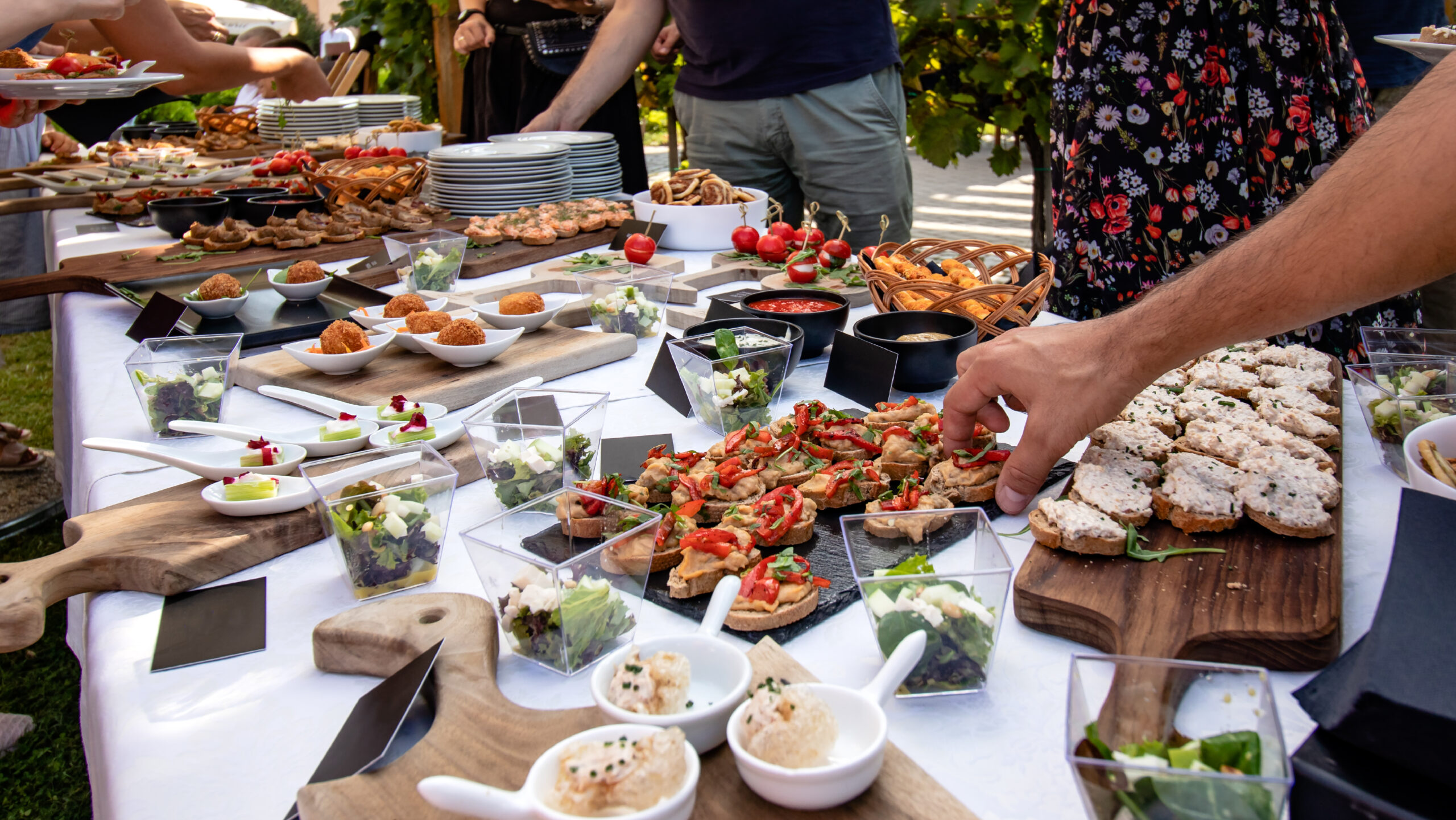
Ensuring that your catering service takes place without a hitch
Outdoor weddings bring about their own set of challenges when it comes to food safety. There are concerns pertaining to foodborne illness outbreaks, which can impact the reputation and finances of both caterers and food service businesses.
Ensuring that your food is of top-tier quality ensures that the guests attending the event and hosts enjoy their celebration while partaking in a fresh and delicious feast.
Issue: Couples and planners have in place an array of ideas that need to be fulfilled by the catering team. In an outdoor setting, this can prove to be a bit challenging. Failure to maintain safe hot and cold holding temperatures during transport, storage, and service can lead to bacterial growth. The danger zone for food is 40°F and 140°F, where harmful bacteria can grow.
Risks: The major concerns associated with inadequate temperature control are bacterial growth in high-risk foods, spoilage, and, as a result, a lot of food may end up being wasted, which increases costs as well.
Prevention: To prevent this, consider using portable refrigeration, chafing dishes, food covers, and monitoring temperatures with calibrated thermometers. Utilize programmable equipment to provide the same perfect cook every time, so that guests enjoy their food in a timely manner. Programmability helps speed the process along when working with larger crowds.
Issues: Not washing hands frequently enough, using gloves properly, or thoroughly cleaning equipment after use. This can sometimes occur at outdoor venues that lack adequate facilities. There are also concerns about cross-contamination between raw and ready-to-eat foods, in the event that they are stored, prepared, or served in close proximity to each other. Poor workspace design can make it harder to keep these foods separate.
Risks: Spreading of pathogens between raw and ready-to-eat foods, which can lead to bacterial growth or spoilage.
Prevention: Create and follow strict protocols, such as keeping separate or color-coded equipment for raw and cooked foods. Also, implement regular handwashing stations to maintain hygiene.
Issues: When working in an outdoor environment, specific concerns must be placed on dust, wind, pests, and sunlight, posing a threat to food safety.
Risks: Foods can become contaminated through exposure to debris, spoilage from the heat, and pest-borne illnesses. Bacterial growth, spoilage, pathogens, spills, and contamination from insects and animals can also occur.
Prevention: Enforce the use of tents, canopies, food covers, and pest-proof stations to prevent debris and pets from getting into the food.
Issues: Certain unique foods carry variable risks in aspects such as handling, storing, and cooking. These foods include raw shellfish, such as live lobster, crabs, and shrimp, as well as egg-based desserts. These are foods that require a little extra precaution to ensure that they are properly prepared and safe to eat.
Risks: Failure to store and cook these foods adequately can lead to a myriad of issues, like cross-contamination and illnesses.
Prevention: Train staff to handle these foods, keeping tools separate, and proper disposal of unused parts
Issues: Without proper staff training, especially when it comes to high-volume events in different environments, can lead to a lot of mistakes and troubles for staff and guests.
Risks: Issues that come into play are contamination, foodborne illnesses, cross-contamination, safety protocols are not prioritized, and no preparedness for emergency situations.
Prevention: Have in place mandatory safety training, clear supervision, and make use of checklists, especially when taking on an event in a different style of location. Conduct regular briefings, assign supervisors, and have an on-site food safety management system to ensure events take place without issues. Create a successful food safety plan, and collaborate with local health authorities for high-volume events.
Working in various environments, such as the outdoors in summer, can bring about a whole host of issues if the catering company isn’t adequately prepared. A lack of preparedness can harm a catering company’s reputational and financial success. Identifying blind spots and preparing for them can prevent contamination and bacterial growth, and contribute to a successful event.
By: Kevin Fagan
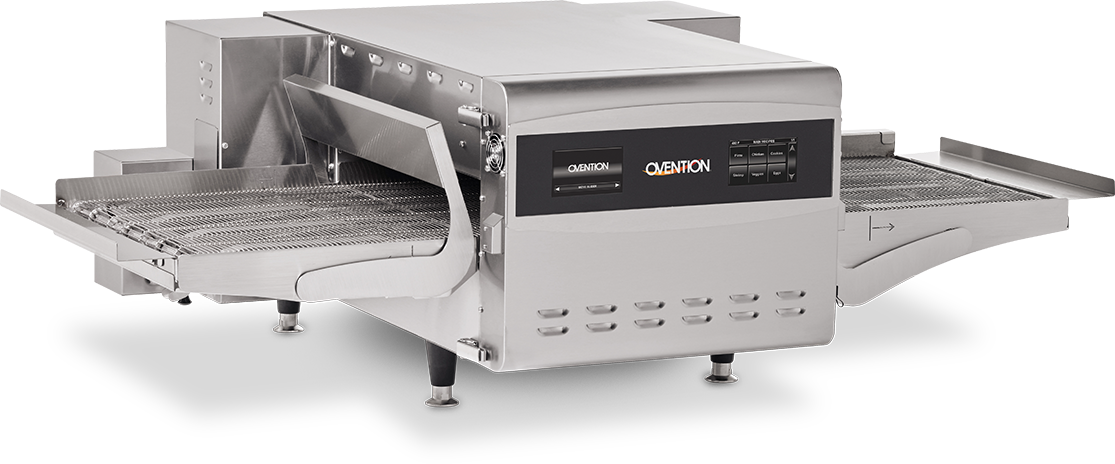
If you value precision and volume, Ovention has the perfect oven to fit your operation. The Shuttle sets the new standard for conveyor ovens everywhere. No other oven can operate as both a conveyor and a closed-cavity oven.
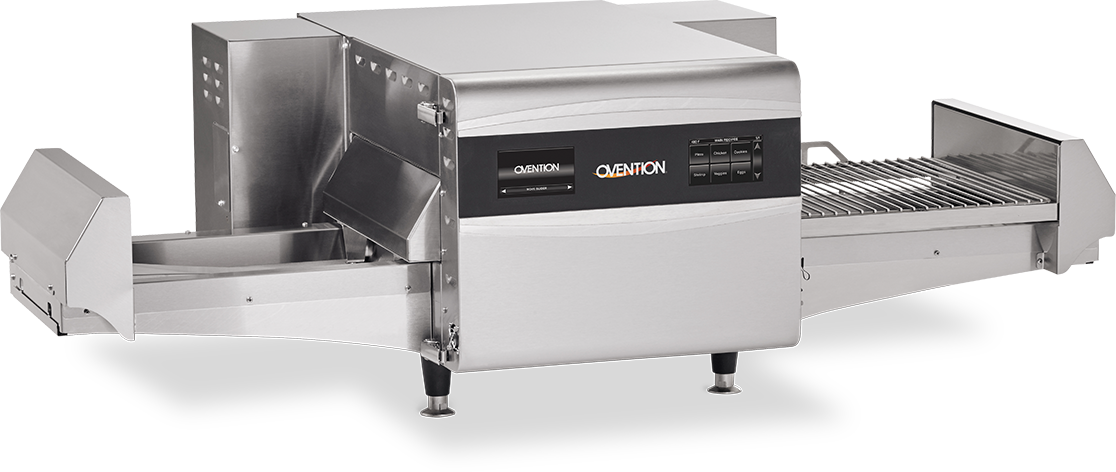
Cook a full menu of delicious offerings without an oven hood. The Ovention Matchbox 1718/1313 takes the traditional conveyor oven to a whole new level.
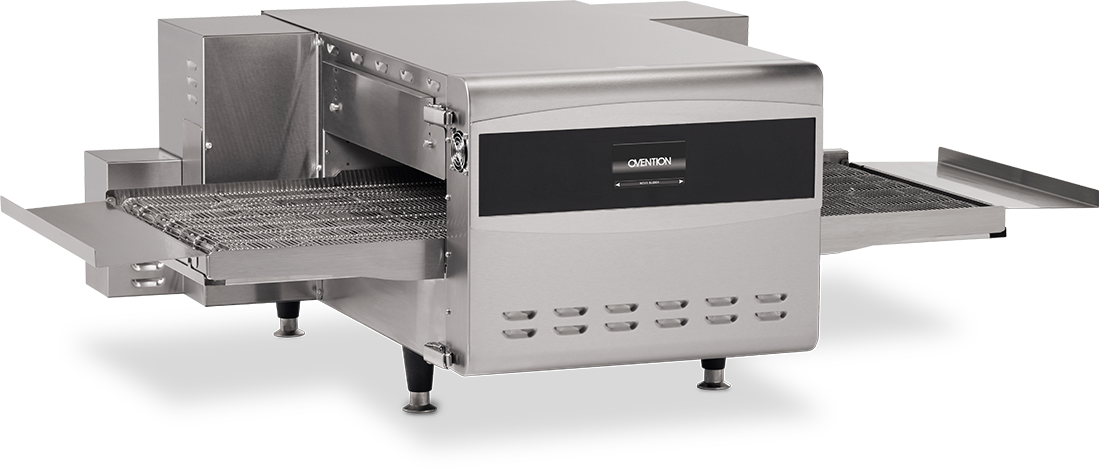
Simple, smart and the right fit for operators looking for a high-throughput conveyor oven. The Ovention Conveyor Oven is the most technologically elegant and operator-friendly conveyor on the market today.
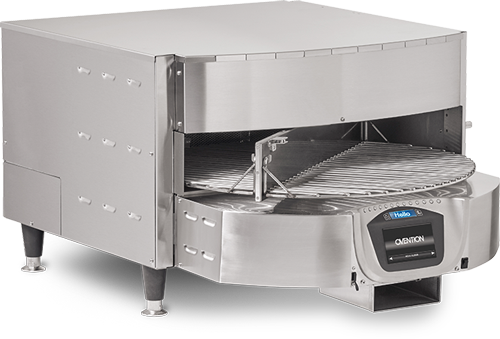
Cook a full menu better, faster, and easier. The Ovention Matchbox M360 has Precision Impingement® technology, a unique cooking carousel, and a small footprint, making it the perfect fit for any operation.
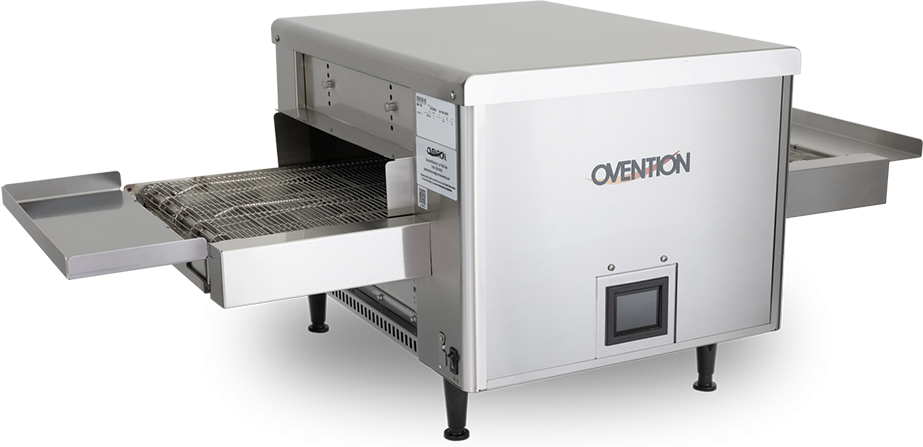
Finish your plates with ease and precision with this robust IR finishing conveyor. Melt, sear, toast, and finish to perfection with this operator-friendly, quiet conveyor.
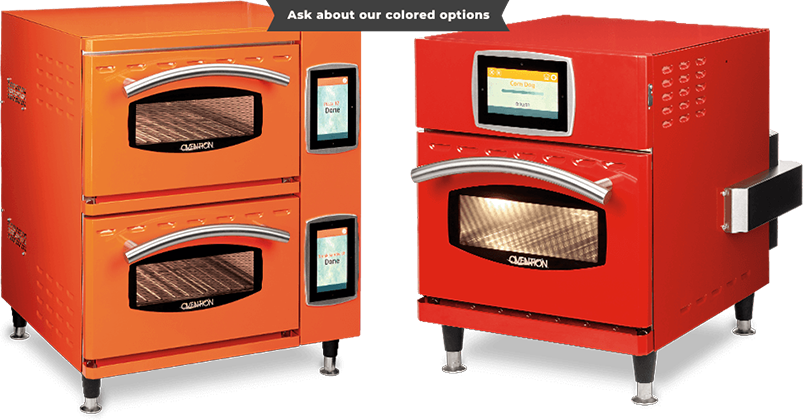
Revolutionary infusion of Linear Impingement and Infrared (IR) technologies. Independently controlled top and bottom cavities, each with its own interior light and control panel.
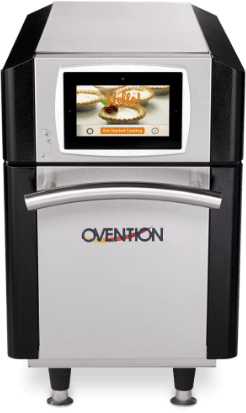
Introducing MiSA; Microwave Speed Assist. Higher quality, higher speed, smaller footprint.
The semester’s underway, lecture halls are filling up, and dining halls are buzzing again. Students want comfort food that feels […]
In foodservice, word of mouth is still king, but today it comes with a star rating. Online reviews shape perceptions, […]
We all know that air can be a tricky cooking partner. Left unchecked, hot air disperses everywhere, resulting in slow, […]
Our goal is to partner with you to help you build your business. We will set up a demonstration that suits your needs, whether you want us to cook your current product, show you a range of new products, or do a side-by-side comparison with another oven we are ready to show you what Ovention can do.
Please complete ALL the fields below to schedule a demo.*
Scroll down to discover more
Experience an Ovention oven in action. We have test kitchens all across the country and representatives waiting to demonstrate our award-winning technology and ease of use. Contact us today to learn how one of our ovens can elevate your culinary versatility and build your business.

Cooked with Conveyor 2600/2000